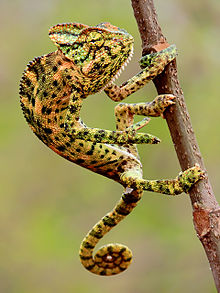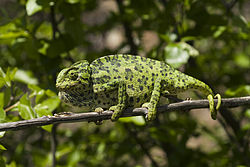Comma, Comma, Comma Chameleon (aka You Shouldn’t Come And Go)
‘, , ,’

I’m rapidly becoming known as the “Comma Queen” around my local writer’s group. Growing up, I had proper English shoved at me at what feels like every opportunity, so a lot of stuff like punctuation comes out as almost second nature by now. I thought I’d take an opportunity to share a few things I learned over the years to help other writers with some of the rules in order to better get their points across.
- Dependent clauses that start sentences: I could go into the whole sentence structure thing, but I thought doing it this way might make my meaning more understandable to everyone. If you start a sentence with a phrase, like “After softball practice,” you need to put a comma after it. For the most part, the comma is the written version of the “pause to take a breath” in normal speech. i.e. “After softball practice, I plan to get ice cream.”
- Conversations: Whenever you have someone speaking to someone else and use their name or a title, you put a comma right before that name or title to indicate your character is speaking to them. i.e. “Thank you, Frank.” or “Yes, sir.” That way, you can’t mistake the person is being addressed. This rule also holds true for when you’re addressing someone in conversation with their name or title first, i.e. “Frank, hand me that box.”
- (Optional) Listing items: I do it this way so there’s absolutely no confusion, but the other way works too. I list all of my items with commas, including a comma before the last one, i.e. “…, and…” To say something like: “milk, eggs, strawberries, and cream” is, to me, much different than saying: “milk, eggs, strawberries and cream.” In the first example, there’s no question to me that “strawberries” and “cream” are not together. In the second example, are they separate items, or is it strawberries with cream? I’m unsure from the use of punctuation.
- (Optional) The Oxford Comma: I only recently learned the name for this rule, but I’ve been doing it all my life. While it’s not as hard a rule as it used to be, I still use it because of that “pause to take a breath” that it represents.
So what do I mean? The Oxford Comma is the comma that you use with linking words: and, but, so, etc. However, in order to use the Oxford Comma, you have to link two complete sentences together. If you can remove the linking word and have the two halves stand as sentences in their own right, you use a comma right before the linking word. For example: “After softball practice, I plan to get ice cream, and then I plan to go play.” vs. “After softball practice, I plan to get ice cream and then go play.”
On the twist side, “go play” would be its own sentence if it were in conversation, and someone was ordering you to “go play.” i.e. “Finish up your ice cream, and then go play.”
DO NOT PLAY FAST AND LOOSE WITH THIS RULE! If you’re going to use it, fine, but be consistent. If you’re not going to use it, fine, but be consistent.
- (Not optional) A comma is not a period, so don’t use it as one. A comma indicates that something else is coming, not the end of a thought. If you link two sentences with a comma, there better darn well be a linking word in between them. If not, you either use a period or a semicolon. A semicolon can be used interchangeably with the Oxford Comma and linking word, but this should be used rarely, as I keep hearing from my writer friends. You should probably only use a semicolon if the two sentences are so interlinked that one seems to flow into the next.
So, there you have the most basic of comma rules, and a lot of the ones that I see screwed up over and over again. Do you have to do things this way? No, of course not. Should you try to follow the rules? You bet!
Writing is a form of expression. You want people to understand what you’re saying, right? Good and proper punctuation is one of the best ways of doing that. Punctuation is there to express things that would normally be insinuated through speech.
Now, go. Shoo. You’ve got some comma usage to practice. 😉
‘, , ,’

Leave a Reply